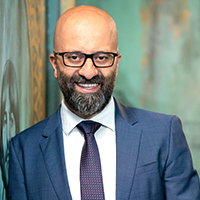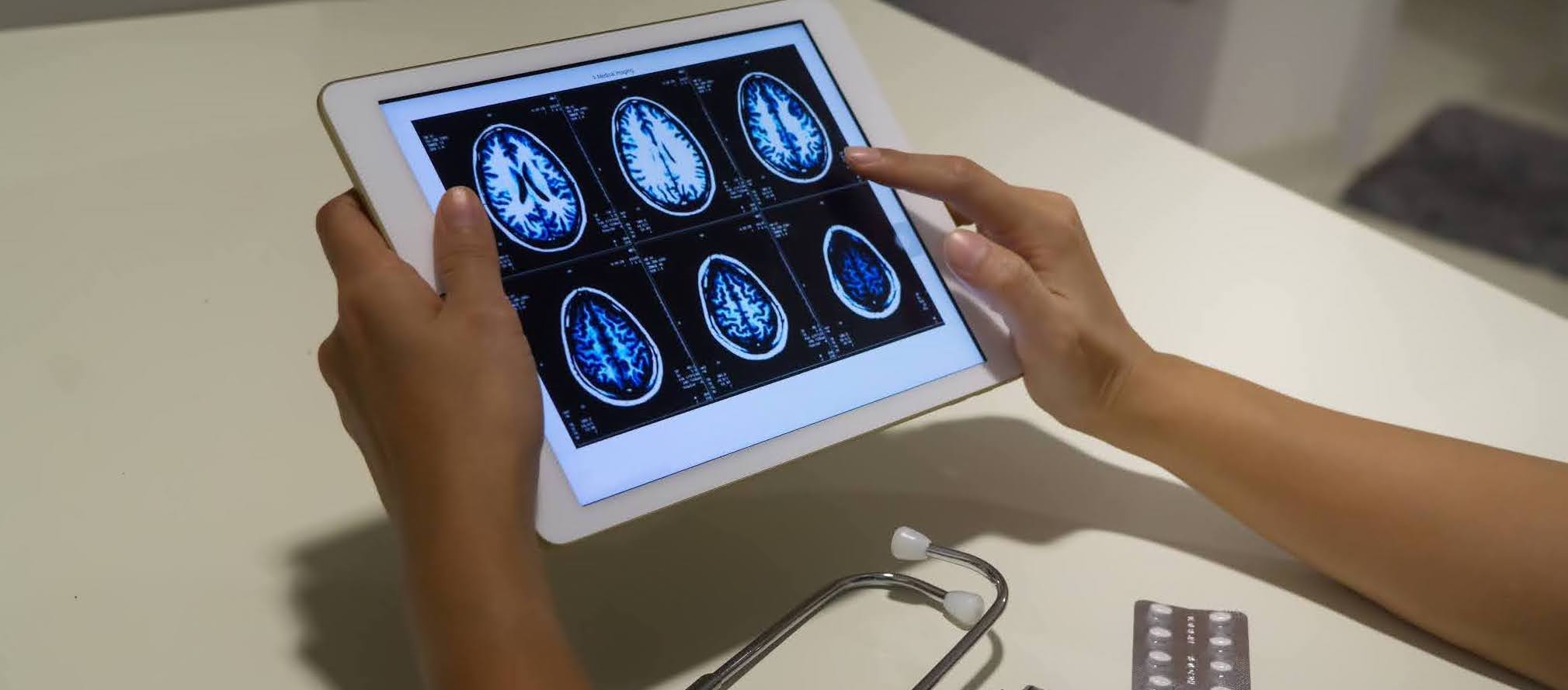Health industry growth in Australia has become a certainty. Treatment and practice advancements continue to bring the medical community closer to significant development. With change on the horizon healthcare leaders should be turning their attention to strategic organisation growth.
Now is the time to shape an effective growth strategy within your healthcare organisation. For your benefit, we have three key insights to help inform your strategic plan:
1. Australia's fastest growing sector: Healthcare industry trends in 2019
According to Australian Jobs 2019, the healthcare industry is one of Australia’s most significant employers, supporting a workforce of over 1,685,000 professionals. Although trends can vary from year to year, there’s no decline in sight - an ageing population and a rise in chronic illness sustains the further development of capabilities. While the meteoric growth of the healthcare industry continues - updated projections reflect the addition of 250,300 jobs in the next five years - medical specialists are beginning to explore the merits of regional service, with the latest numbers indicating 33% of healthcare workers practice in non-city locations.
Healthcare industry growth projections:
As a healthcare leader, you have the opportunity to scale and champion the future of your practice in order to meet industry demand by identifying, evaluating and reviewing existing services and by developing an understanding of where opportunity and demand intersect.
2. A connected care ecosystem is imperative
A recent study conducted by the Australian Digital Health Agency discovered 65% of respondents find the Australian healthcare system difficult to navigate. Furthermore, 50% of participants also indicated that they would like to be able to access their personal health information using digital devices. Despite this demand, Australia’s adoption of connected care technologies ranks last on the international scale of 19 nations.
Patient-centred care is both a business and a medical imperative. Taking growth-based action within your healthcare organisation will involve adopting innovative technology that enables an ecosystem of care that puts patients first.
Adopting a connected care ecosystem:
Empowered patients are at the core of a connected care ecosystem. Outcome-focused practitioners equip them with the right knowledge and drive an open healthcare journey.
Through actively fostering partnerships with other specialists, healthcare organisations foster a network of GPs and Allied Health Professionals, delivering seamless patient experiences through convenient access to trusted providers.
Leveraging cloud technology:
From allowing patients to find and book practitioners online, to securely sharing patient information within your team, cloud-based technologies will streamline your organisational processes and vastly improve patient experiences.
3. Empowered patients will engage in their healthcare journey differently
Value-based, patient-centred care empowers patients to take a more active role in their healthcare journey. Much like consumer brands, healthcare organisations must treat patients as partners, not customers.
In a study named Patients as Partners: A Qualitative Study of Patients’ Engagement in Their Health Care, Antony Bayer explains the trickle-down effect this partnership model has on patients, practitioners, administrators and the healthcare industry in general:
"By gaining a deeper understanding of patient partnership practices, health professionals are likely to feel less threatened and will be better able to establish trust-based relationships with their patients. Furthermore, administrators will be able to ensure that professionals in their institutions are better prepared to help patients obtain optimal care and services. Finally, at a policy level, a deeper understanding of patient partnership should help build an improved healthcare system where patients’ experiential knowledge and unique position as experts on living with their... illnesses allow them to be increasingly integrated and to have a greater role in ensuring optimal care."
Cultivate a collaborative patient relationship by:
Promoting Collaboration
Equip patients with the knowledge necessary to engage in the decision-making process, rather than simply giving them instructions. Giving patients a sense of autonomy becomes even more crucial in multidisciplinary organisations, where multiple parties are involved in their care. Patients should feel as though they are part of a collaborative team.
Reducing the knowledge gap
Exploring why patients are being recommended a certain course of treatment is essential for improving medical adherence – and thus, improving the outcome.
“The more empowered patients feel, the more likely they are to be motivated to manage their disease and adhere to their medications. Thus, a key factor that can improve patient-related medication adherence is actively involving patients in treatment decisions when possible.”
— Dr. Marie Brown and Dr. Jennifer Bussel; Medical Adherence: Who Cares?
Our healthcare systems must change with our nation. Armed with advancements, data and a high performing workforce of healthcare professionals, we’re positioned to provide world-class care. The question is: is your organisation ready to adapt and grow?
Future proof your organisation by exploring the essentials of effective change management. Our Future-Proofing Formula guide will help you pave the way for ongoing growth now and in decades to come.





